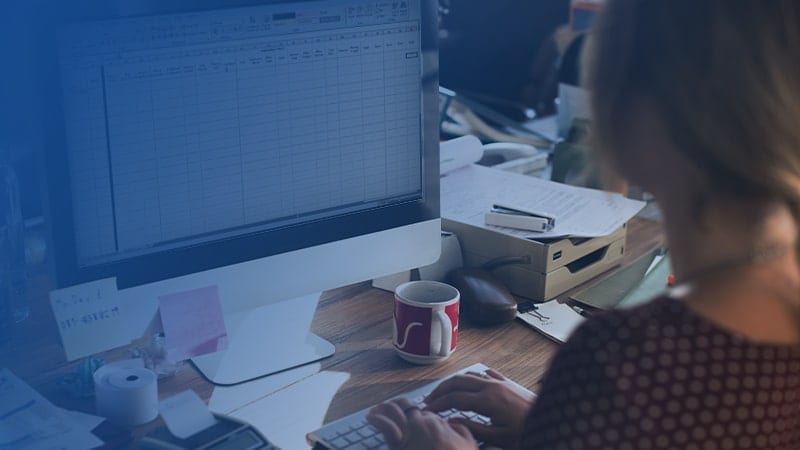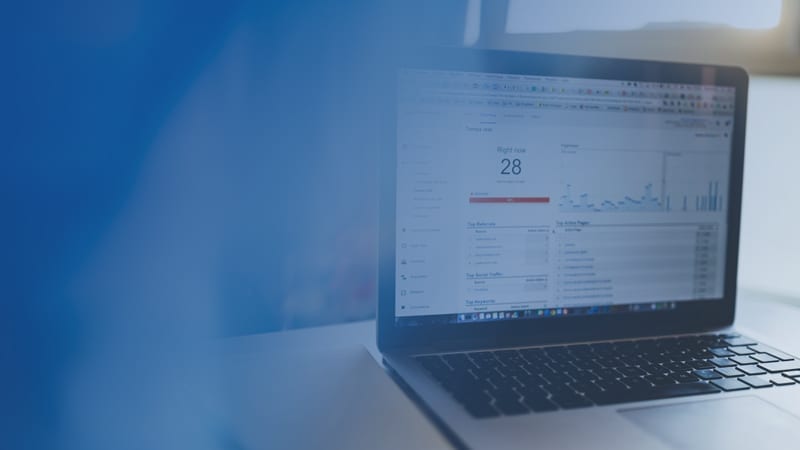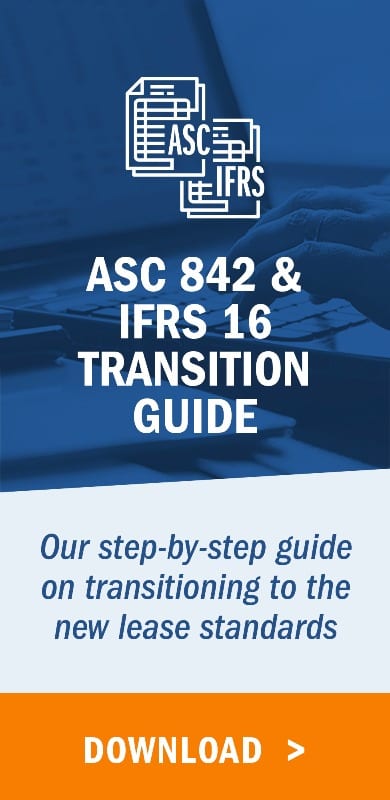Summer is in full swing. The sun is out, the air is hot, and the pool is finally open. While vacations and pool parties are on everyone’s mind, this summer also means companies who completed their transition to ASC 842 are ready to make a splash into day two lease accounting.
After companies struggled to keep their head above water to meet the compliance date, they may be ready to take a much-needed break from lease accounting. However, new lease accounting and reporting processes will also need to be considered to ensure your complete transition to the new accounting standard. The following tips will help companies dive into day two lease accounting with ease.
Challenges of day two lease accounting
Making it through the transition and achieving compliance was the most difficult part of switching to the new standards. However, there are still challenges involved in the post-transition process, such as:
- New balance sheet and income statement accounts
- Additional close procedures
- Knowledge of and accounting for lease activity
- Internal controls
Benefits beyond compliance
Although compliance was the goal of the transition process, there are benefits beyond compliance as well, including:
- More accessible lease portfolio data
- Insight to prior period activity for analytic purposes
- Less extensive quarterly disclosure requirements
- Experience and lessons learned
Look into lease processes
After compliance, companies can use the momentum gained from the transition project to determine what subsequent lease accounting will look like.
Put together an interdepartmental team
If there isn’t already an interdepartmental team in place, it’s time to create one. If the team already exists, the departments that helped compile the lease portfolio for transition should now be the departments establishing new processes to ensure accounting is getting notified. Any new lease agreements or changes to leases should be recorded appropriately under ASC 842.
Check for embedded leases
Continue to ask for notification or copies of all service agreements, purchasing contracts, and similar documents the accounting team can review for embedded leases early in the process.
Develop month-end close procedures for leases
New accounts will require new close procedures to record account activity and ensure the accuracy of the balances in those accounts. When using an accounting solution like LeaseQuery to generate journal entries, unless it’s an integration or application like LeaseQuery for NetSuite, upload journal entries to the general ledger and compare the internal general ledger balances to those from the lease accounting sub-ledger.
Update internal controls
Depending on how material the lease accounting balances are, some of the new close processes put in place may become internal controls. Procedures created to ensure accounting is notified of all new lease or purchasing contracts will help ensure a complete lease portfolio. Policies for the types or dollar amount of lease amendments or changes that are communicated to accounting are necessary to maintain accurate lease account balances.
Review disclosure requirements
When building new close processes and procedures for lease accounting, having access to the information required for the new lease disclosures, particularly the quantitative disclosures, is important. Operating leases are now recognized on the balance sheet, so information regarding these leases must be captured for the required disclosures.
Also to note, some of the lease data that is not required to be recorded on the balance sheet is actually required to be disclosed. For example,
- The annual aggregate amount of short-term lease cost must be disclosed.
- The total annual variable lease cost not captured in the lease calculations but recognized on the income statement must be disclosed
Benefits of using accounting software for day two
The benefits of lease accounting software don’t stop at achieving compliance. A software, like LeaseQuery, stores lease data in an accessible and convenient spot for future accounting needs. Implementing LeaseQuery enables your team to work more efficiently, improve the audit process, and help you make smarter financial decisions.
Summary
The stress of transitioning to the new standards is water under the bridge. It’s time to dip your toes into day two lease accounting. The momentum from the transition can help your team put more efficient processes in place, organize lease data, update month-end procedures, and achieve a smoother accounting process overall.
Sit back and relax at the pool this summer knowing LeaseQuery is helping you handle all of your lease accounting needs. Schedule a demo today to learn more.






